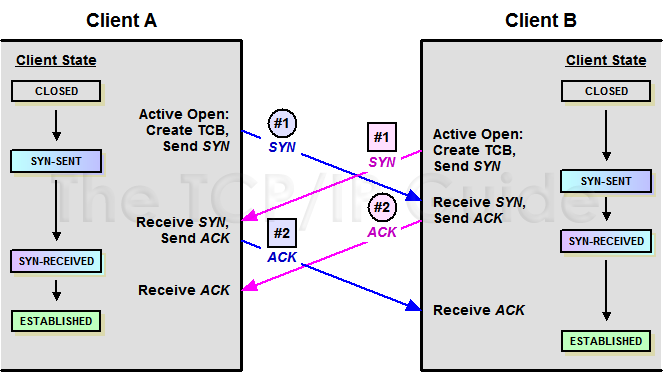 |
|
Please Whitelist This Site?
I know everyone hates ads. But please understand that I am providing premium content for free that takes hundreds of hours of time to research and write. I don't want to go to a pay-only model like some sites, but when more and more people block ads, I end up working for free. And I have a family to support, just like you. :)
If you like The TCP/IP Guide, please consider the download version. It's priced very economically and you can read all of it in a convenient format without ads.
If you want to use this site for free, I'd be grateful if you could add the site to the whitelist for Adblock. To do so, just open the Adblock menu and select "Disable on tcpipguide.com". Or go to the Tools menu and select "Adblock Plus Preferences...". Then click "Add Filter..." at the bottom, and add this string: "@@||tcpipguide.com^$document". Then just click OK.
Thanks for your understanding!
Sincerely, Charles Kozierok
Author and Publisher, The TCP/IP Guide
|
|
|

Custom Search
|
|
TCP Connection Establishment Process: The "Three-Way Handshake"
(Page 4 of 4)
Simultaneous Open Connection Establishment
TCP is also set up to handle the situation where both devices perform an active OPEN instead of one doing a passive OPEN. This may occur if two clients are trying to reach each other instead of a client and a server. It is uncommon, however, and only happens under certain circumstances.Simultaneous connection establishment can also only happen if a well-known port is used as the source port for one of the devices.
In this case, the steps are different for both devices. Each client will perform an active OPEN and then proceed through both the SYN-SENT and SYN-RECEIVED states until their SYNs are acknowledged. This means there isn't a “three-way handshake” any more as shown in Table 152. Instead, it is like two simultaneous “two-way handshakes”. Each client sends a SYN, receives the other's SYN and ACKs it, and then waits for its own ACK. The transaction, simplified, is described in Table 153 and Figure 212.
Client A |
Client B |
||||
Start State |
Action |
Move To State |
Start State |
Action |
Move To State |
CLOSED |
Client A Step #1 Transmit: Client A performs an active OPEN, creating a TCB and sending a SYN message to the server. |
SYN-SENT |
CLOSED |
Client B Step #1 Transmit: Client B performs an active OPEN, creating a TCB and sending a SYN to the server. |
SYN-SENT |
SYN-SENT |
Client B Step #1 Receive and Step #2 Transmit: Client A receives Client B's SYN and sends it an ACK. It is still waiting for an ACK to its own SYN. |
SYN-RECEIVED |
SYN-SENT |
Client A Step #1 Receive and Step #2 Transmit: Client B receives Client A's SYN and sends it an ACK. It is still waiting for an ACK to its own SYN. |
SYN-RECEIVED |
SYN-RECEIVED |
Client A Step #2 Receive: Client A receives the ACK from Client B for its SYN and is done with connection establishment. |
ESTABLISHED |
SYN-RECEIVED |
Client B Step #2 Receive: Client B receives the ACK from Client A for its SYN and is done with connection establishment. |
ESTABLISHED |
|
To keep the table size down, I have shown the activities performed by the two devices occurring simultaneously (in the same row). In “real life” the actions don’t need to occur at exactly the same time, and probably won’t. All that has to happen for the simultaneous procedure to be followed is that each device receives a SYN before getting an ACK for their own SYN, as Figure 212 shows.
|
|
| |||||||||||||||||||
Home - Table Of Contents - Contact Us
The TCP/IP Guide (http://www.TCPIPGuide.com)
Version 3.0 - Version Date: September 20, 2005
© Copyright 2001-2005 Charles M. Kozierok. All Rights Reserved.
Not responsible for any loss resulting from the use of this site.








 Key Concept: If one device setting up a TCP connection sends a SYN and then receives a SYN from the other one before its SYN is acknowledged, the two devices perform a simultaneous open, which consists of the exchange of two independent SYN and ACK message sets. The end result is the same as the conventional three-way handshake, but the process of getting to the ESTABLISHED state is different.
Key Concept: If one device setting up a TCP connection sends a SYN and then receives a SYN from the other one before its SYN is acknowledged, the two devices perform a simultaneous open, which consists of the exchange of two independent SYN and ACK message sets. The end result is the same as the conventional three-way handshake, but the process of getting to the ESTABLISHED state is different.